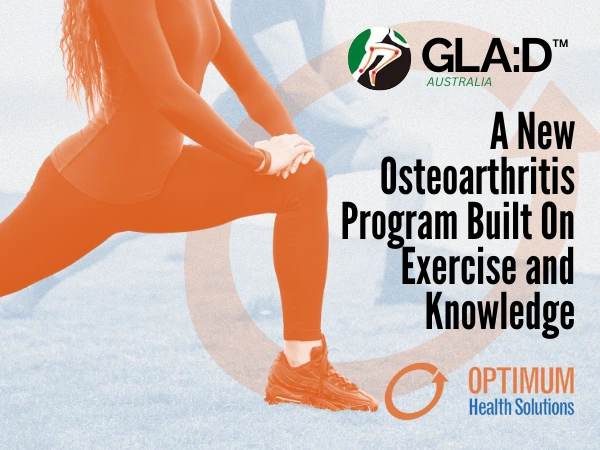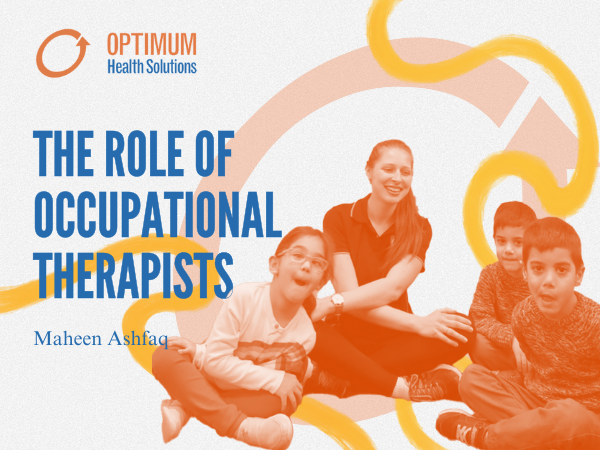What is it?
Charcot-Marie-Tooth Disease (CMT) is a group of genetic disorders presenting with chronic progressive neuropathy affecting motor and sensory nerves (1). The main features of CMT range from mild to severe in severity and involve progressive weakness and impaired sensory function in the upper and lower limbs (2) as muscle atrophy develops with areflexia (absence of neurologic reflexes) (1). The chronic nature of this condition leads to foot and toe deformity with likely involvement of the hands to follow.
Who can help?
Due to this disease being a slowly progressive neurodegenerative disease, it is imperative patients receive regular assessments by a Physiotherapist, Exercise Physiologist, and Occupational Therapist to assist in maintaining range of motion for their benefit of appropriate functioning (1).
The Role of Exercise
Although muscle atrophy and weakness are a direct result of the disease, these are both also influenced by muscle disuse and deconditioning (2). Like multiple sclerosis, being a gradually progressive disease of the nervous system, appropriately prescribed exercise may help to improve functional and aerobic capacities, muscle weakness and fatigue. Programs for neuro-rehabilitation have become an important and efficient strategy as part of a multidisciplinary approach to improve health-related quality of life (HRQOL) and disability. Cardiorespiratory fitness is an important biomarker for general health as it associated with higher physical and cognitive functions and has been shown to be of great benefit to people with (PW) neuromuscular disease. As with resistance training, an individual-suited resistance training program for pw progressive neuromuscular disease improves their arm, leg, and trunk muscle strength, maximal force production, and core-stability (3). Specifically, evidence shows pwCMT benefit from performing a simple exercise program based on progressive resistance training for 12 weeks. Strength and activities of daily living (ADL) performance were highly correlated in pwCMT and improved equally for men and women with CMT (2). Due to only short time frames being studied, it would be expected that greater benefit would be achieved by maintaining and progressing an individually prescribed exercise regime for pwCMT. Improvements in HRQOL, physical strength, thus ADL performance, and aerobic fitness are each important to live long and healthy lives in pwCMT.
- Szigeti K, Lupski JR. Charcot–Marie–Tooth disease. European Journal of Human Genetics. 2009 Jun;17(6):703.
- Chetlin RD, Gutmann L, Tarnopolsky M, Ullrich IH, Yeater RA. Resistance training effectiveness in patients with Charcot-Marie-tooth disease: Recommendations for exercise prescription1. Archives of physical medicine and rehabilitation. 2004 Aug 1;85(8):1217-23.
- Bansi J, Kesselring J. Exercise and Sports Therapy in Multiple Sclerosis. Deutsche Zeitschrift für Sportmedizin. 2015 Nov 1;66(11).







